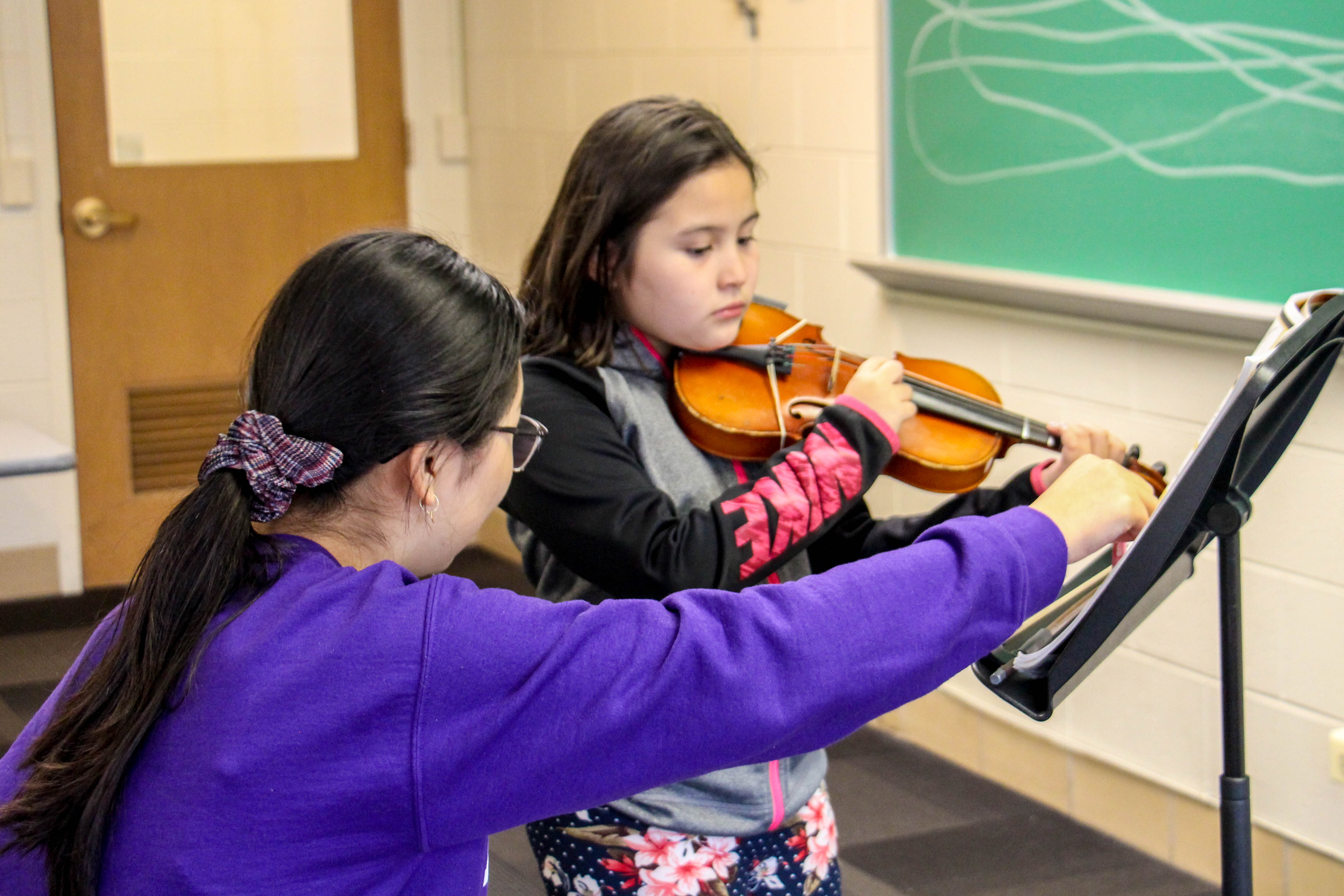Introduction and Setup:
Overview of the violin, its components, and tips on how to properly maintain it.
Explanation of the bow, its components, and the right bow hold.
Introduction to the different strings and their names.
Basic Techniques:
Bowing techniques, including bow strokes like the down-bow and up-bow.
Left-hand methods for producing completely different pitches, such as finger placement on the fingerboard.
Learning to produce a clear and constant tone.
Reading Sheet Music:
Introduction to basic music notation, together with notes, rests, and time signatures.
Learning to learn sheet music specifically for the violin.
Scales and Exercises:
Practice of scales in various keys to develop finger power, dexterity, and intonation.
Technical workout routines to improve bow management and coordination.
https://independent-ant-g8qdw0.mystrikingly.com/blog/if-you-are-excited-about-learning-the-violin-in-a-more-formal-and-structured and Pieces:
Introduction to etudes (musical studies) that focus on specific technical challenges.
Learning easy tunes and items to apply and reinforce the methods realized.
Ear Training:
Ear coaching workout routines to help students acknowledge pitches and intervals.
Playing simple melodies by ear.
https://top4art.com/members/walrussoy52/activity/1226055/ :
Dynamics, articulation, and phrasing to add musical expression to enjoying.
Interpretation of different kinds of music, from classical to people or modern.
Performance Practice:
Guidance on getting ready for performances, together with stage presence and managing nerves.
https://www.meetingwithpia.org/members/recessmetal27/activity/1327763/ to perform in entrance of the teacher or fellow students.
Music Theory (Optional):
Depending on the level and targets of the student, some introduction to music concept concepts may be included, corresponding to key signatures, scales, and concord.

Advanced Techniques (as progress allows):
Vibrato, a method that provides a fluctuation of pitch for expressive enjoying.
Double stops, enjoying two notes simultaneously.
Pizzicato, plucking the strings instead of utilizing the bow.
Repertoire Building:
Expanding the repertoire to include extra advanced and challenging items.
Exploration of various musical genres and styles.
Individualized Goals:
Tailoring classes to the student's goals, whether they're targeted on classical music, up to date kinds, or a mixture of genres.
It's important to note that the development via these matters can differ based on the student's individual pace and the teaching style of the instructor. Regular practice outdoors of lessons is essential for skill improvement and progress. Private lessons with a certified violin trainer or participation in group classes can provide a well-rounded method to studying the violin..
